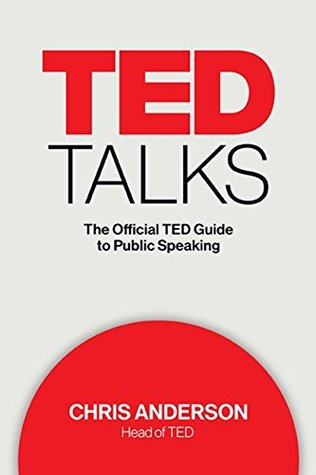More on this book
Community
Kindle Notes & Highlights
Read between
February 23 - March 17, 2019
Your only real job in giving a talk is to have something valuable to say, and to say it authentically in your own unique way.
Your number-one mission as a speaker is to take something that matters deeply to you and to rebuild it inside the minds of your listeners.
Inspiration can’t be performed. It’s an audience response to authenticity, courage, selfless work, and genuine wisdom. Bring those qualities to your talk, and you may be amazed at what happens.
A good exercise is to try to encapsulate your throughline in no more than fifteen words. And those fifteen words need to provide robust content. It’s not enough to think of your goal as, “I want to inspire the audience” or “I want to win support for my work.” It has to be more focused than that. What is the precise idea you want to build inside your listeners? What is their takeaway?
“There’s an old formula for writing essays that says a good essay answers three questions: What? So What? Now What? It’s a bit like that.”
Don’t use language that may trigger tribal responses. Start with a vision of the world as seen through their eyes. And use every one of the tools described here to build a connection based on your shared humanity.
In 2014, she published a paper that showed a dramatic difference between daytime and nighttime gatherings. Daytime talk, even when larger groups were involved, centered on economic discussions and social gossip. At night, the mood mellowed. There might be singing, dancing, rituals. But the most time was spent on storytelling.
“The secret of happiness is: find something more important than you are, and dedicate your life to it.”


